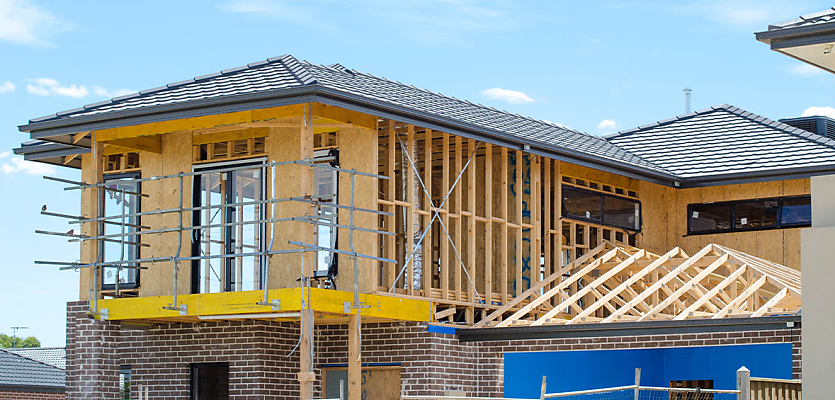Despite an uptick in annual building approvals, industry experts said the slight decrease in February showed that broader reforms are needed to increase the housing supply.
Recent data from the Australian Bureau of Statistics (ABS) showed that the total number of dwellings approved fell 0.3 per cent to 16,606 over February, following a 6.9 per cent increase in January.
Master Builders Australia chief economist, Shane Garrett, said that while numbers dropped in February, new home building approvals were up by 8.4 per cent year on year.
He said that despite the market starting to recover, more needs to be done to reach the National Housing Accord target.
“There’s still a long way to go if we are going to meet the 1.2 million new homes target.
“Over the year to February, 177,400 new homes were approved, well below the 240,000 annual target,” Garrett said.
Over February 2025, private sector houses across Australia rose 1 per cent to 9,203 dwellings, which registered 5.2 per cent higher than levels one year prior.
Across the states, ABS data showed that NSW was the main driver of the overall rise in detached house approvals over the month, with the state’s approvals growing 5.1 per cent in February.
Housing Industry Association (HIA) senior economist, Tom Devitt, said that home building activity has strengthened over the year, which he partly attributed to low rental vacancy rates and rising rents bringing investors back to the market.
“Home building activity across a number of Australian markets was already improving heading into 2025,” Devitt said.
“Confidence has been improving on the back of strong population growth, near-record low unemployment, and recovering real incomes,” he explained.
Approvals for private sector dwellings excluding houses, such as apartments, fell 1.5 per cent over the month to 7,113 after reaching a two-year high in January of this year.
Even with this month-on-month drop, the ABS noted that approvals for private sector dwellings excluding houses still registered 73.1 per cent higher than February of last year.
Apartment approvals in NSW took a hit over the month, with the 313 new apartment approvals in February declining from the 2,694 in January.
Victoria saw a considerable month-on-month increase, with 2,294 new apartments approved in February, compared to the 1,228 approved in January.
Devitt said that medium-high-density housing activity has been operating at only about half of the necessary levels over the past year, driven by factors such as labour shortages, high finance costs, and burdensome government taxes and regulations.
“This has funnelled improving market conditions back into the detached housing sector, but housing of all types need to contribute to the Australian government’s target of 1.2 million new homes over five years,” he explained.
While Devitt said that the Reserve Bank of Australia’s February rate cut would boost supply, he stressed that further structural reforms would be necessary to create supply.
“Reforms are required across multiple policy fronts, including skilled migration, tax, regulation, planning, approvals, land supply and infrastructure provision,” Devitt concluded.









You are not authorised to post comments.
Comments will undergo moderation before they get published.